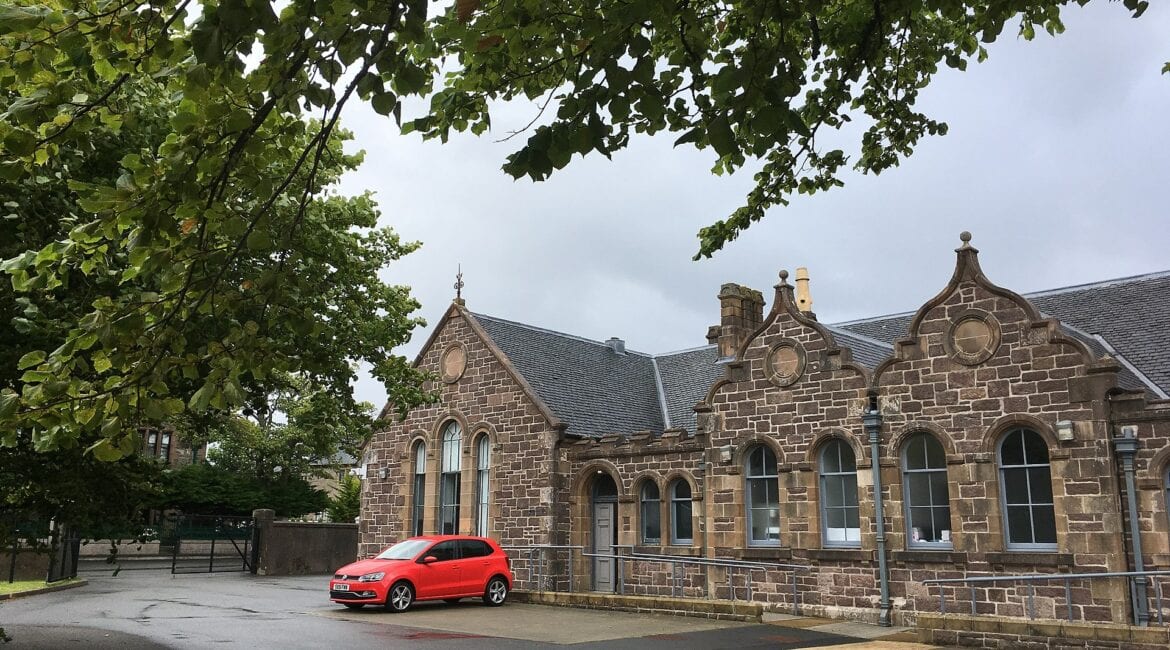
Book Your Stay at The Decca
Language Shift: The Transition to English on the Isle of Lewis
The Isle of Lewis, nestled in the Outer Hebrides of Scotland, has a rich linguistic history shaped by the influence of Gaelic and English. Over the centuries, the language landscape of the island has undergone significant transformations, reflecting societal changes and cultural shifts. In this article, we delve into the timeline and factors that led to the adoption of English as a predominant language on the Isle of Lewis.
- Gaelic as the Traditional Language: For centuries, Scottish Gaelic, known as Gàidhlig, was the primary language spoken on the Isle of Lewis. It was deeply ingrained in the island’s culture, serving as the language of everyday life, storytelling, music, and community interaction. Gaelic played a crucial role in preserving the island’s unique identity and heritage.
- Historical Influences: The 18th and 19th centuries brought significant changes to the linguistic landscape of the Isle of Lewis. Factors such as the Scottish Enlightenment, the Highland Clearances, and the spread of formal education in English gradually influenced a shift towards the use of English. These influences, combined with the increased contact with English-speaking communities and the dominance of English in trade and administration, contributed to the decline of Gaelic.
- Impact of Education: The introduction of formal education played a vital role in accelerating the shift to English. With the establishment of English-medium schools, the younger generation began learning and using English as their primary language. As English became associated with educational opportunities and social advancement, its usage expanded, particularly among the emerging middle class.
- Socioeconomic Changes: The Industrial Revolution and the changing economic landscape in the 19th and 20th centuries further propelled the adoption of English on the Isle of Lewis. Migration to urban areas and the influence of English-speaking industries, such as fishing, weaving, and later, tourism, created a need for English proficiency.
- Language Revitalisation Efforts: Despite the dominance of English, efforts to revitalise and preserve the Gaelic language have been ongoing. Gaelic-medium education, community initiatives, and cultural organisations have played a crucial role in promoting Gaelic as a living language on the Isle of Lewis and nurturing a sense of linguistic pride and identity.
The transition from Gaelic to English on the Isle of Lewis was a gradual process influenced by historical, social, and economic factors. English gradually gained prominence as the language of education, trade, and social mobility, leading to a shift in language use. However, the cultural significance of Gaelic persists, with ongoing efforts to revitalise and celebrate the Gaelic language and its role in preserving the unique heritage of the Isle of Lewis. The linguistic history of the island stands as a testament to the ever-evolving nature of language and the complex interplay between societal changes and cultural identity.